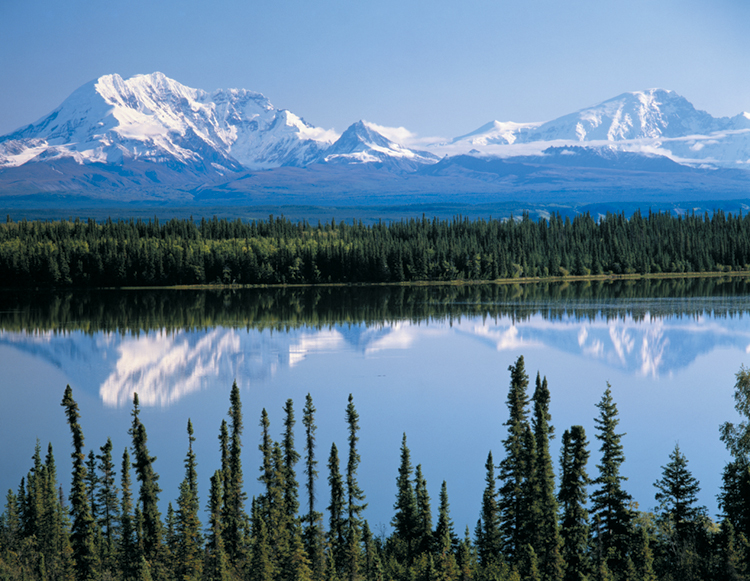Current Events Lesson Plan: March 30-April 5, 2017
Current Event: Seward’s Icebox: 150 Years
March 30, 2017, marks 150 years since the United States purchased Alaska from Russia. On March 30, 1867, U.S. Secretary of State William H. Seward signed the Treaty of Cession of Russian America to the United States. The $7.2-million deal (equal to about $112 million today) turned out to be an incredible bargain, but at the time, many Americans opposed the purchase. People ridiculed spending millions of dollars on a largely unknown and frozen wilderness. Critics of the deal called Alaska Seward’s Icebox—or Seward’s Folly, Icebergia, or [then-President] Andrew Johnson’s polar bear garden. Russia had been involved in the Alaska region since the 1600’s. After being weakened by the Crimean War (1853-1856), Russia asked the United States to buy Alaska. However, negotiations failed with the threat and then onset of the American Civil War (1861-1865). In 1867, the United States reached an agreement with Russia to purchase Alaska. With money badly needed for Reconstruction, however, few people saw the wisdom in the Alaska purchase. With much of the western United States still unexplored or undeveloped, Alaska was not an immediate priority. But the area’s rich natural resources—including fish, gold, and timber—brought people steadily north to Alaska. In 1946, Alaskans voted for statehood and began crafting a state constitution. On Jan. 3, 1959, Seward’s Icebox entered the Union as the 49th state.

Alaska’s vast wilderness and natural resources were unappreciated in 1867, when skeptical Americans dubbed it Seward’s Icebox. Credit: © David Muench/Stone from Getty Images
Objective:
Alaska is the largest state of the United States in area. However, Alaska has a relatively small population. Alaska is often called the Last Frontier because much of the state is not fully settled. Juneau is Alaska’s capital. Anchorage is the state’s most populous city. About 500 miles (800 kilometers) of Canadian territory separate Alaska from Washington, the nearest of the other U.S. states. Alaskans often refer to the rest of the continental United States, including Washington, as the “lower 48.” Almost a third of Alaska lies north of the Arctic Circle. However, Point Barrow, the northernmost point, is almost 1,300 miles (2,090 kilometers) south of the North Pole. The state has a wide range of temperatures—as low as –80 °F (–62 °C), and as high as 100 °F (38 °C). Alaska is famous for its towering mountains and beautiful scenery. Denali, which rises 20,310 feet (6,190 meters) above sea level, is the nation’s highest peak. Alaska also has the 15 next highest peaks and almost all of the active volcanoes in the United States. The Behind the Headlines news story and related World Book articles explore Alaska and the other states.
Words to know:
Discussion Topics:
1. Ask your students what they know about Russia. (Students might say Russia is the largest country in area; Moscow is Russia’s capital and largest city; most Russians live in the western–or European–part of the country; Siberia makes up about 75 percent of Russia’s territory; Russia is known for its long and bitter winters.)
2. Many people visit Alaska to see its beautiful scenery. Ask your students to debate what natural wonder they would like to visit.
3. Ask your students to use World Book’s Timelines feature to view or add to the History of Alaska timeline. (Students may wish to use the “History” section of World Book’s “Alaska” article for help.)


